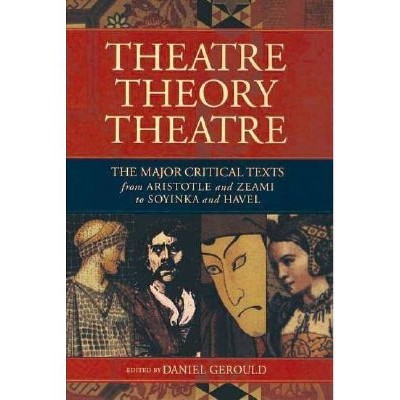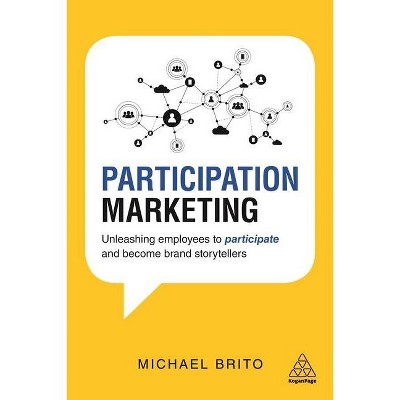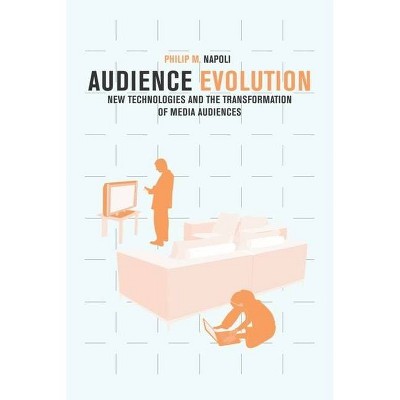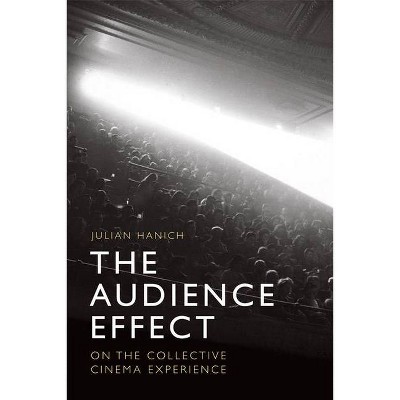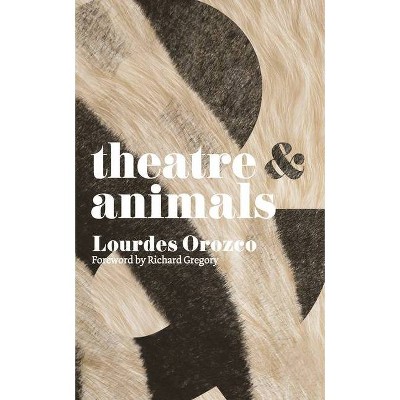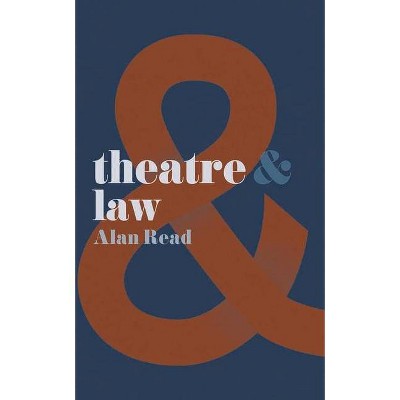Audience Participation in Theatre - by G White (Paperback)
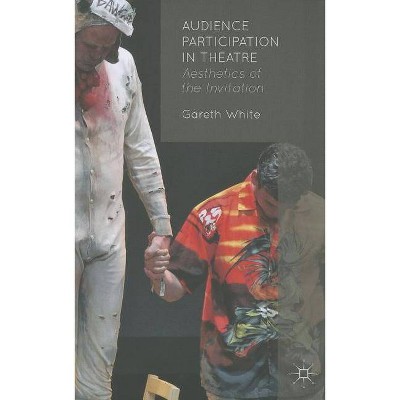
Similar Products
Products of same category from the store
AllProduct info
<p/><br></br><p><b> About the Book </b></p></br></br>"The popularity of participatory work with audiences is greater than ever, but the invitation to participate is rarely given attention as a feature of performance, or an important element of practice in its own right. This book presents a theory of audience participation in the theatre, based on the importance of the moment of invitation and how an event changes character when such an invitation is made. The materials from which theatre performance is made expand to include the audience participant's body and social being, with the participant's prior experience and expectations, and their embodied, affective response to the performance becoming of vital importance. Attending to this expanded set of performance media allows us to begin to articulate the aesthetics of participation, and thereafter to consider the ethics and politics of participation more precisely. "--<p/><br></br><p><b> Book Synopsis </b></p></br></br>The popularity of participatory work with audiences is greater than ever, but the invitation to participate is rarely given attention as a feature of performance, or an important element of practice in its own right. This book presents a theory of audience participation in the theatre, based on the importance of the moment of invitation and how an event changes character when such an invitation is made. The materials from which theatre performance is made expand to include the audience participant's body and social being, with the participant's prior experience and expectations, and their embodied, affective response to the performance becoming of vital importance. Attending to this expanded set of performance media allows us to begin to articulate the aesthetics of participation, and thereafter to consider the ethics and politics of participation more precisely. <br>This book offers a new theory of audience participation and taps into the growth of immersive (or participatory) performance and Applied Theatre. Discussing the work of companies such as Punchdrunk, Shunt and De La Guarda, this book will be of use to students and teachers of performance, theatre practitioners and anyone interested in exploring immersive performance.<p/><br></br><p><b> Review Quotes </b></p></br></br><br><p>"The strength of the book lies in its focus on the invitation to participate, rather than participation per se. White's analysis explores the impact of participation on the audience and examines the audience's place in the aesthetic of participatory work. By bringing the processes and media of audience participation into focus and looking to relevant theories that help unpack and explain the procedures through which practitioners establish these participatory approaches, this book is useful as a practical 'how-to' for those exploring this practice for themselves. By focusing on the activity that makes an invitation understood by an audience and the process through which they accept (or decline) that invitation, the book widens its scope and becomes a useful addition to the more general area of performance analysis. This book addresses the complexities of participation in contemporary performance, including arguments around embodied interpretation and the varied political intentions and consequences of such practice. It will be of great interest to those working within the field of Applied Theatre as well as appealing to more general scholarly interest in Theatre and Performance Studies." - Josephine Machon, Middlesex University, UK</p> <p>'Gareth White's Audience Participation in Theatre proposes a much-needed theory of the invitation to participate in theatre... [It] is an ambitious book given its scope, shuttling across a range of forums for audience participation, as well as a diverse selection of scholarly disciplines and fields. But the ambition pays off. Invitations to participate are treated as a tightly defined crux around which a broadly defined field of participatory theatre revolves. This crux is elucidated through the deployment of multiple analytical perspectives, each with their own useful vocabulary and modes of thinking, leaving the reader with a wealth of ideas to work with and apply to aesthetic examinations of audience participation. What emerges is a book that borrows broadly, but appropriately, in setting forward a series of sound theoretical propositions about audience participation at a time when precision on this particular front cries out for attention.' - Adam Alston, Contemporary Theatre Review</p><br><p/><br></br><p><b> About the Author </b></p></br></br>Gareth White is a Lecturer in Applied Theatre and Community Performance at the Central School of Speech and Drama, UK.<br>
Price History
Price Archive shows prices from various stores, lets you see history and find the cheapest. There is no actual sale on the website. For all support, inquiry and suggestion messagescommunication@pricearchive.us
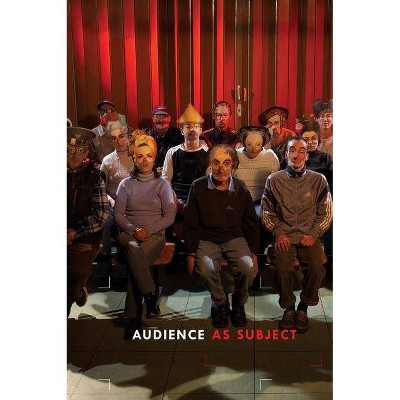
![Audience [LP] - VINYL](https://pisces.bbystatic.com/image2/BestBuy_US/images/products/3444/34440411_sa.jpg)

